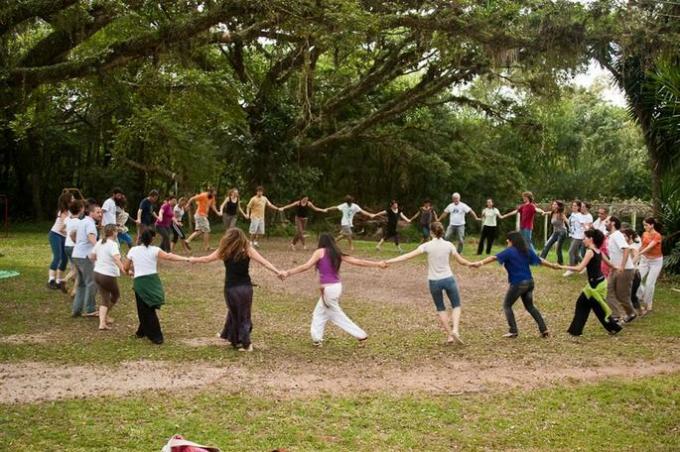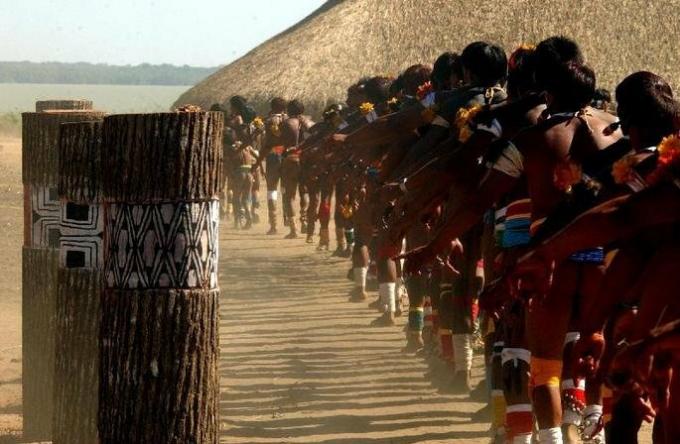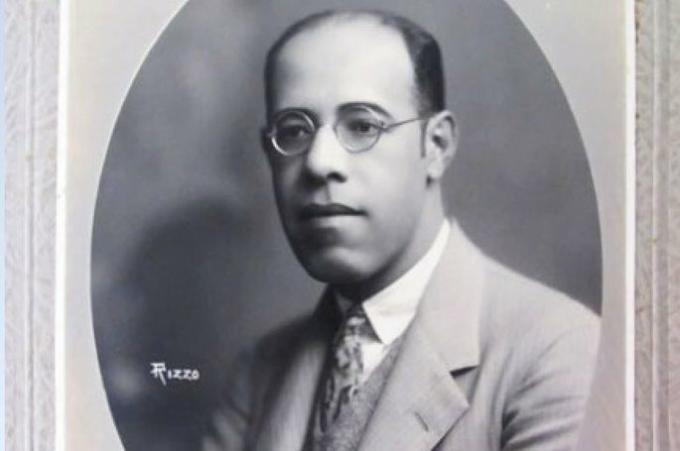Circular dances are collective dances that aim to integrate the group and strengthen values such as empathy, understanding and a sense of belonging.
In this type of dance, people - of all ages - are arranged in circles and perform choreographies together. In this way, each participant puts their intention and energy on the wheel, demonstrating their best in the search for unity.
Origin of Circle Dance
The origin of this form of dance dates back to very ancient bodily manifestations of various peoples, as, as is well known, it used to celebrate and ritualize the times of harvests, weddings, births, deaths and other events important.
However, it was in the 70s that Bernhard Wosien he systematized and created what was later called "Sacred Circular Dances".

Bernhard was a body artist, dancer, educator and draftsman. He was born in East Prussia in 1908 and, throughout his life, he devoted himself to knowing and collecting folk dances from different peoples.
In 1976, he was invited by Peter Caddy to demonstrate his knowledge of the topic at the Findhorn Community in Scotland.
There, she proposed an experimental activity with the residents. It was the first time he taught a collection of folk dances.
From then on, the dancer's legacy bore fruit and spread to other places. New forms of dance have been incorporated since the 70s and this movement continues to grow.
About circular dances, Wosien once said:
When dancing, the world is again circled and passed from hand to hand. Each point on the periphery of the circle is at the same time a return point. If we dance a morning dance, saluting the sunrise dancing, we will notice, when we we move along the circle, as our shadows, in this singular circle, also describe a circle. So, we realize that we rotate 360 degrees. We felt a change along the way through the joint turnaround.
Benefits of circle dances
Circular dances provide countless benefits for participants, valuing integral health and taking into account the physical, psychological and social aspects. Some of them are:
- development of body awareness;
- strengthening of motor coordination;
- valorization of cooperative attitudes;
- valuing empathy;
- expansion of the sense of belonging;
- awareness and sense of collective organization;
- development of the notion of rhythm through music.
Symbology of the circular element
Circular dance practices occur in a circular format for several reasons.
The circle is present in human history as a very potent symbol and carries as its greatest meaning the notion of totality, including between the human being and nature.

This element has manifested itself in star worship rituals, primitive and modern religions, mythologies, architectural projects (such as urban planning), and many other situations.
Thus, the arrangement in a circle in this type of dance facilitates energy circulation and supports this psychic and ancestral symbology of completeness.
circular dance in Brazil
Circular dance arrived in Brazil in the 80s, at the initiative of Sara Marriott, who was one of the residents of the Findhorn Community.
She moved to Brazil and went to live at the Centro de Vivências Nazaré, in Nazaré Paulista. Thus, Sara, who had had direct contact with the experiences in the Scottish community, implements some of these practices in Nazareth.
Since then, the movement has spread throughout the national territory. Currently, these manifestations can be found in various places, such as schools, parks, community groups, prisons, companies, among others.
Circle Dance Video
Below, you can check a video that brings some fragments of circular dances.
Bibliographic references
SEED - Secretary of Education of the State of Paraná
The man and his symbols - Carl G. Jung



